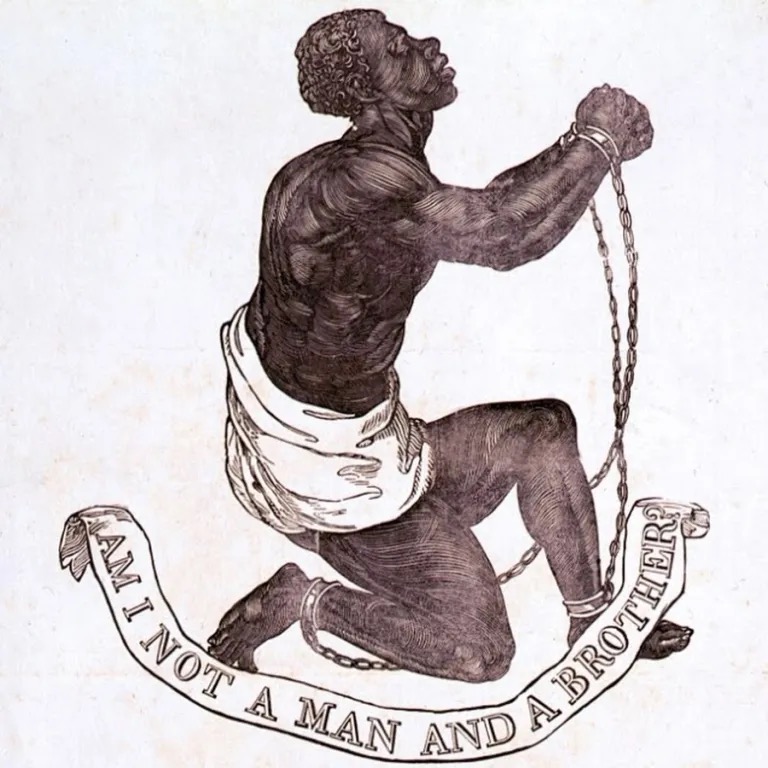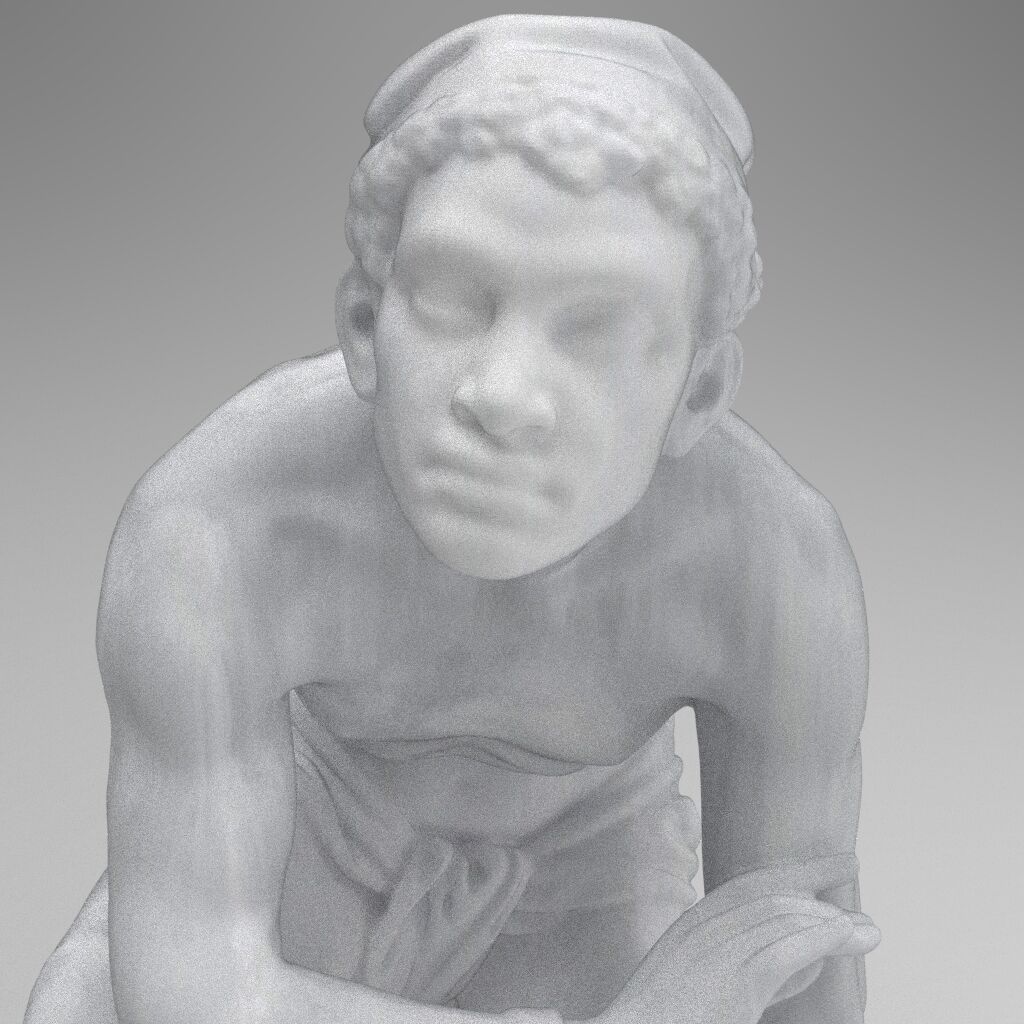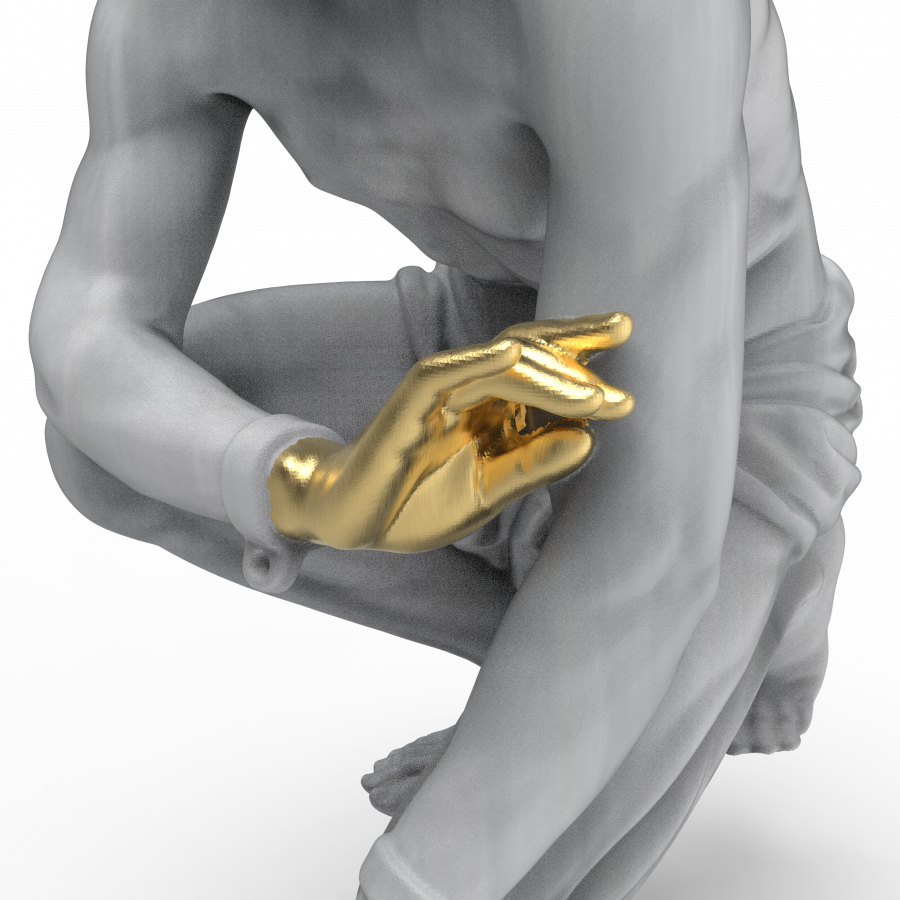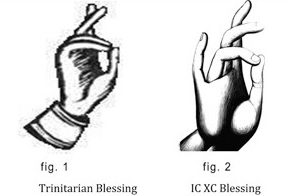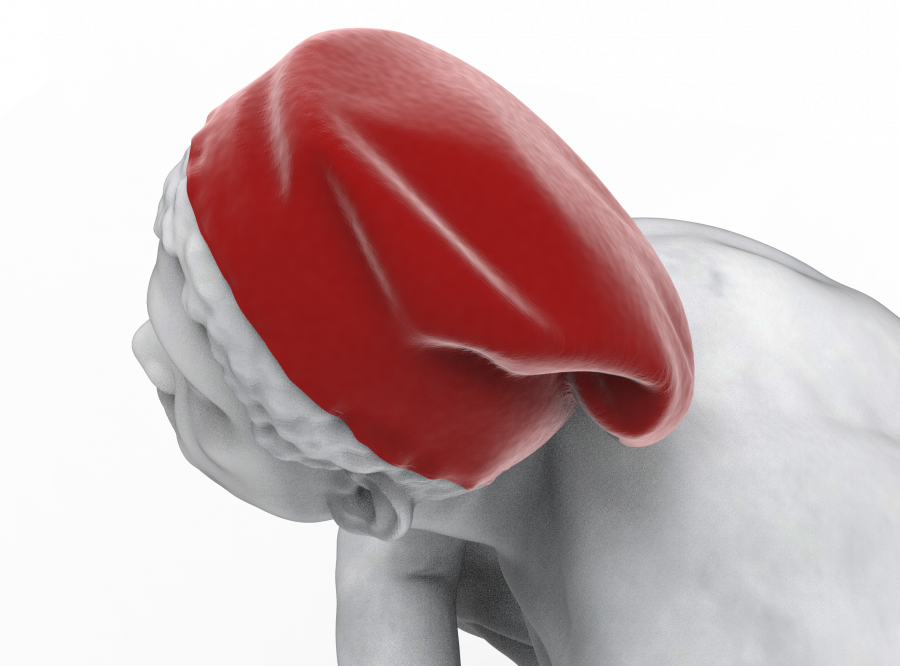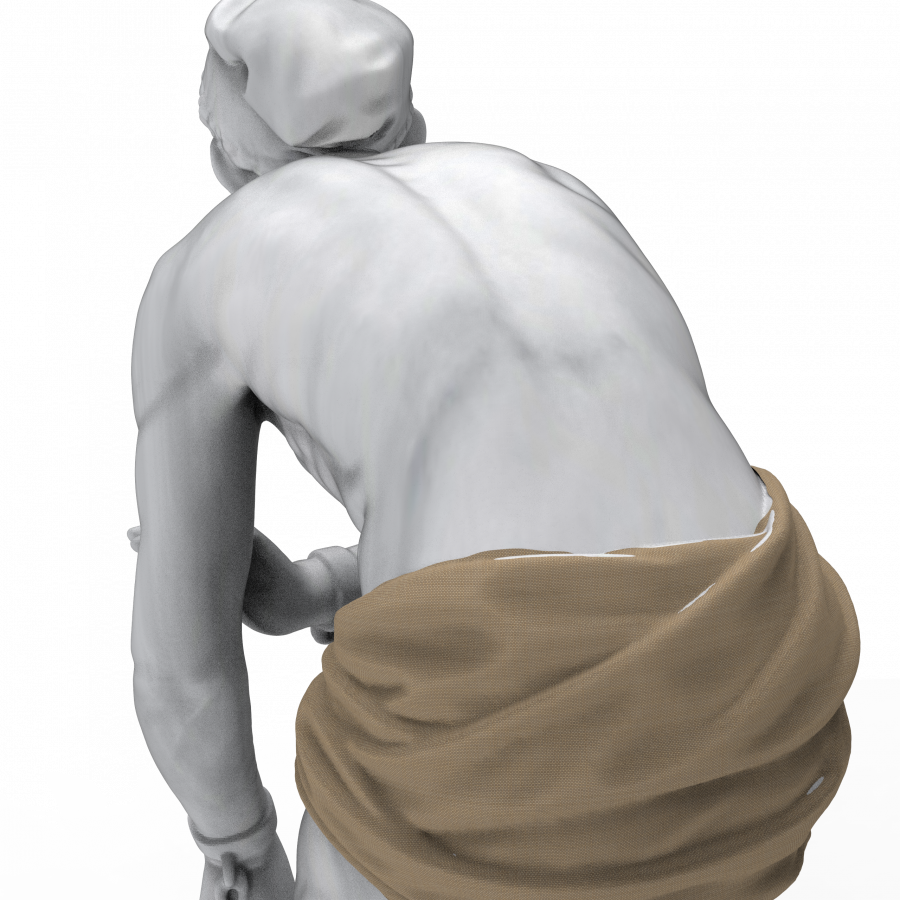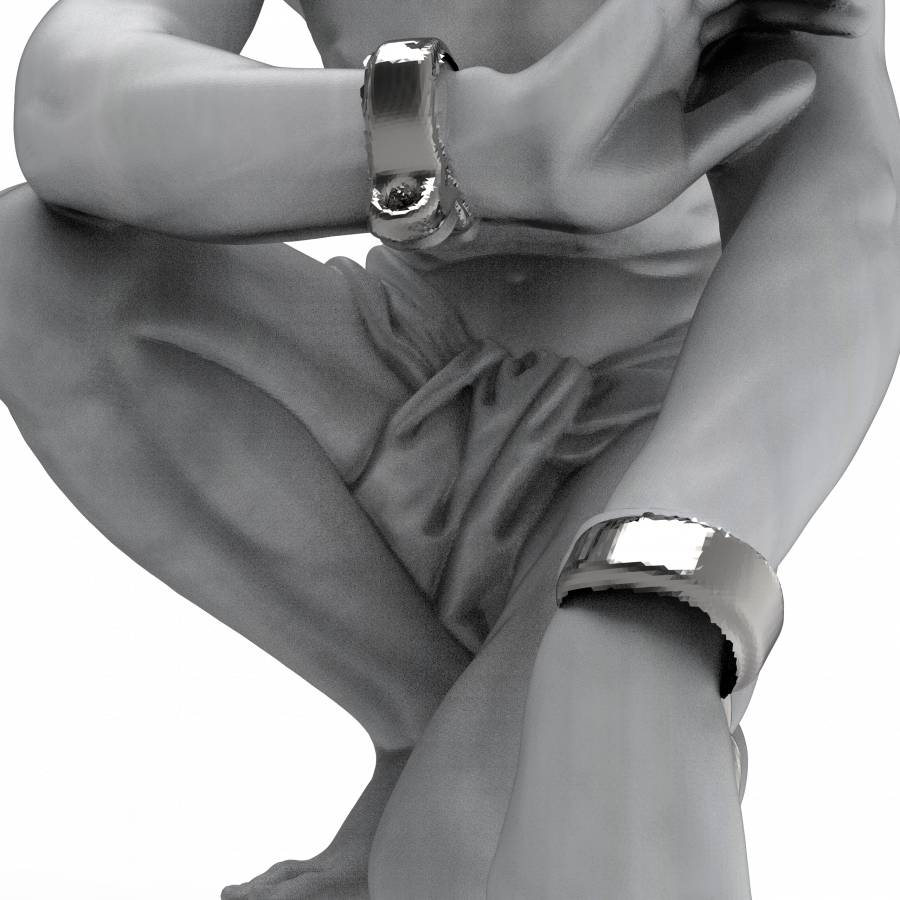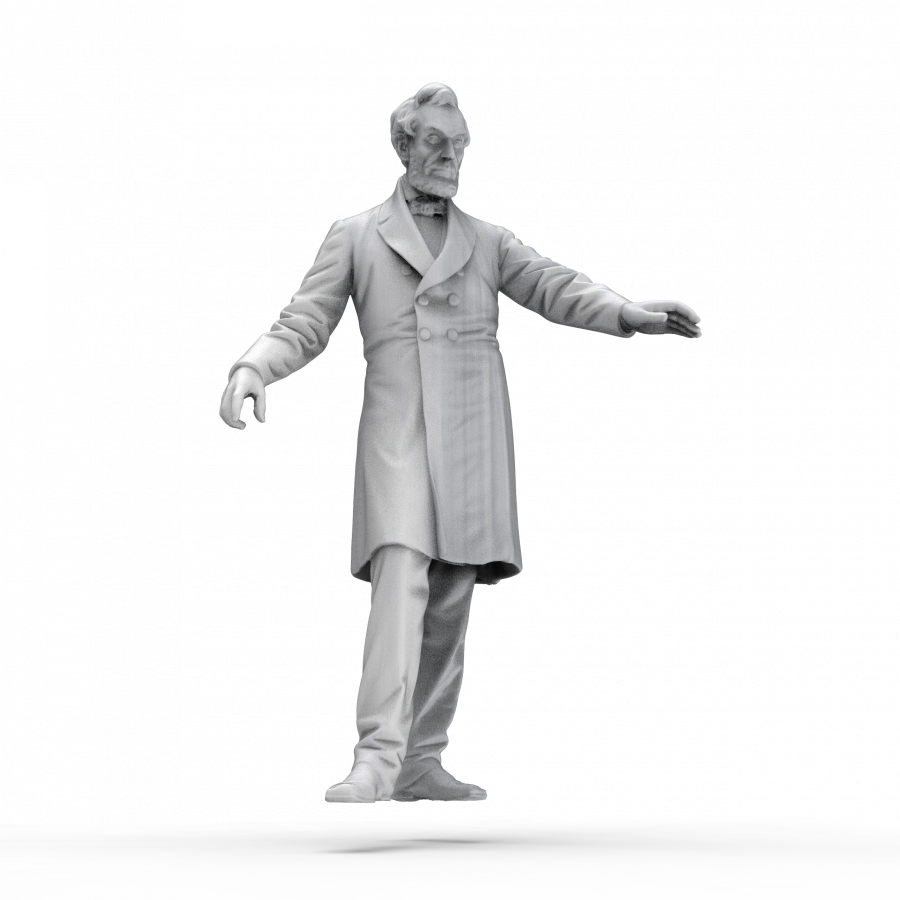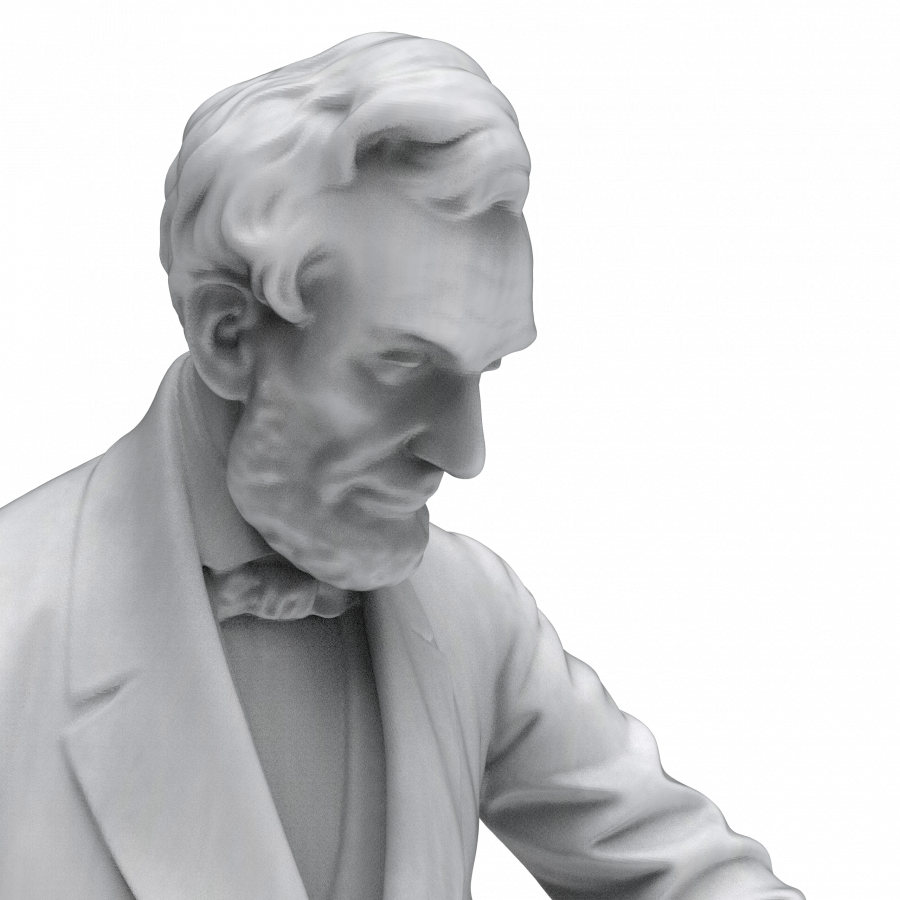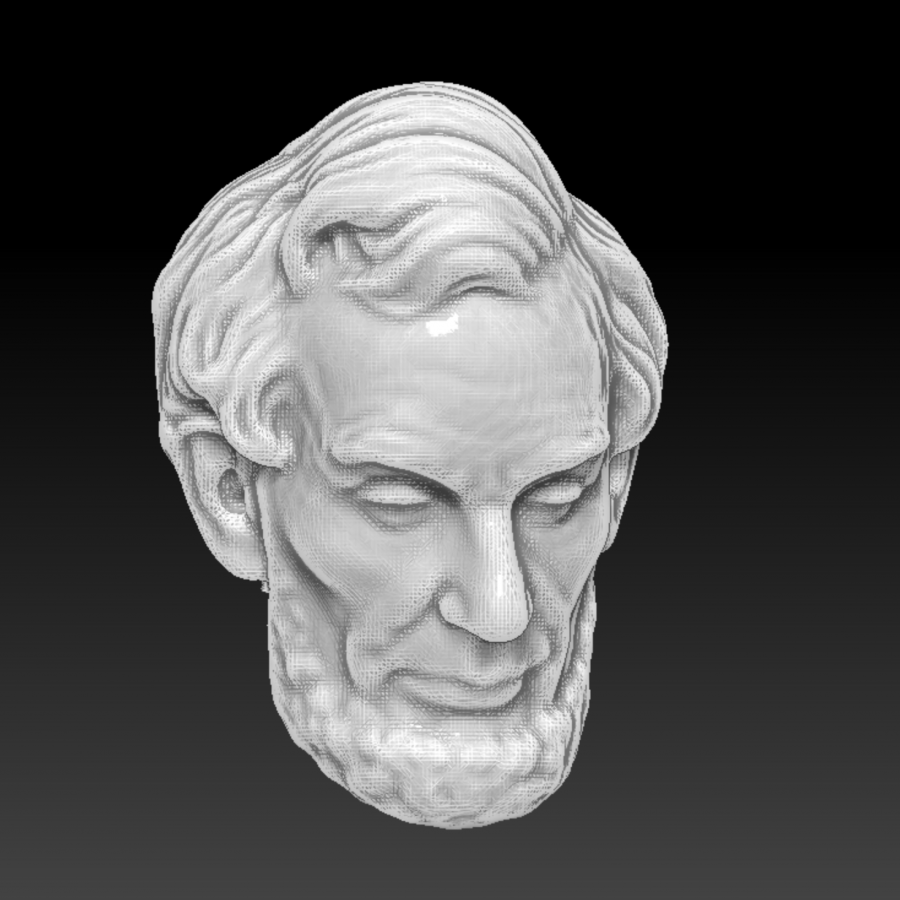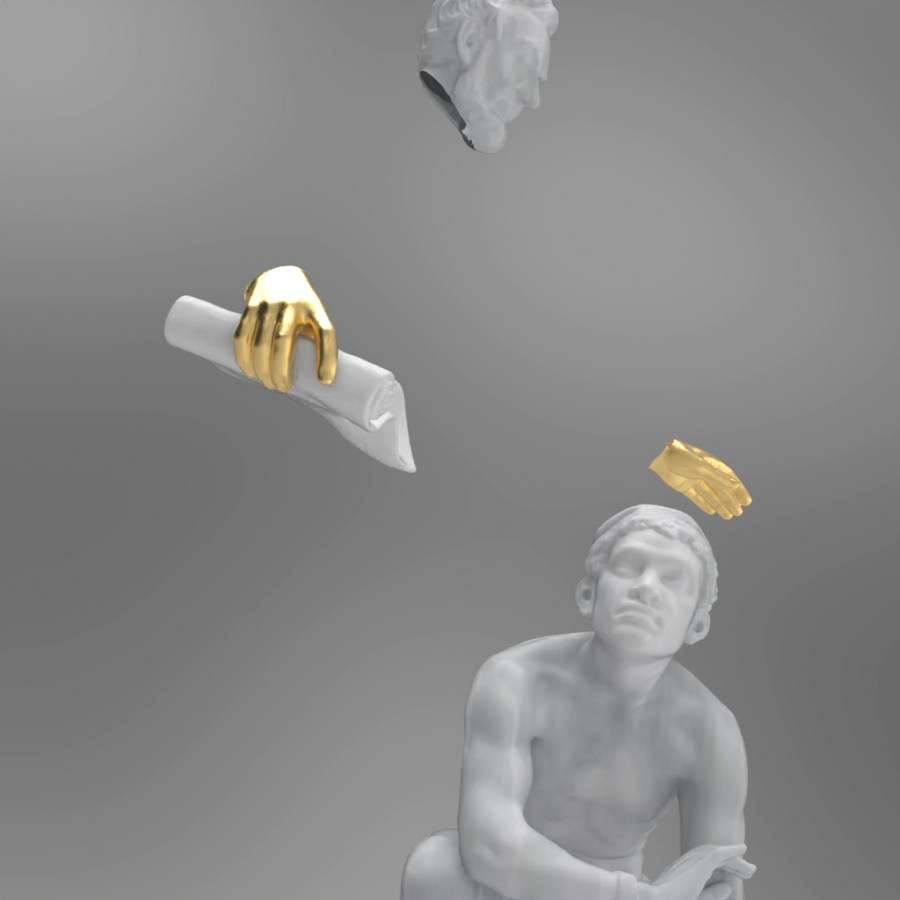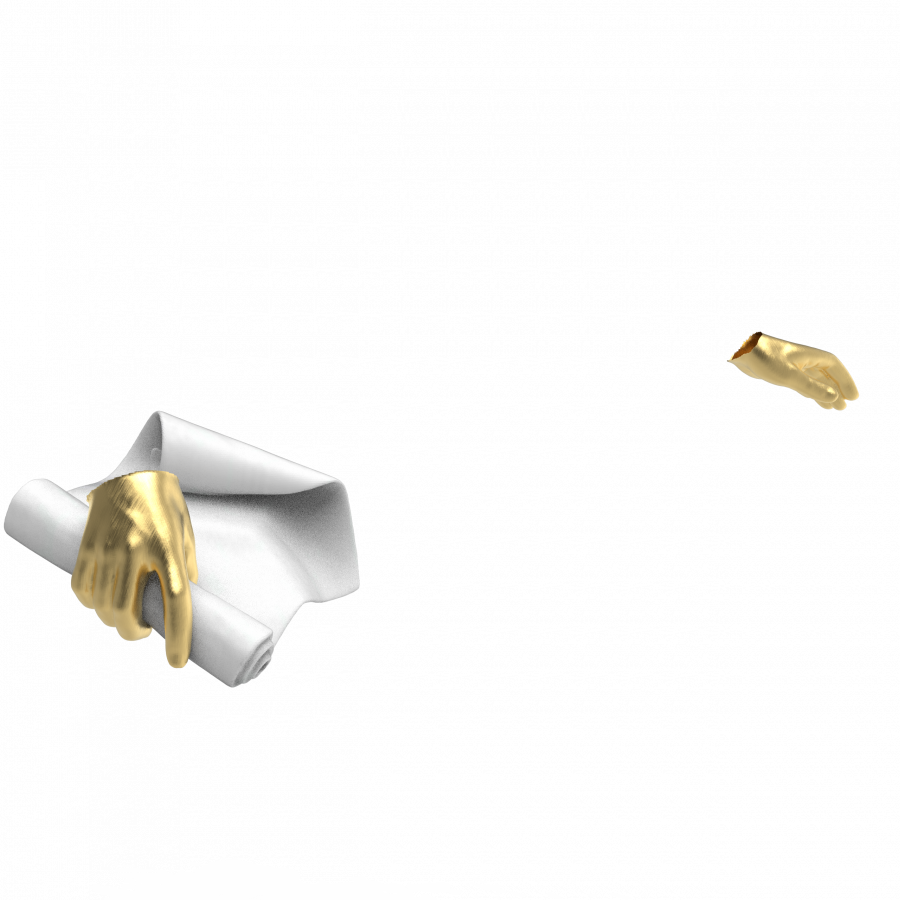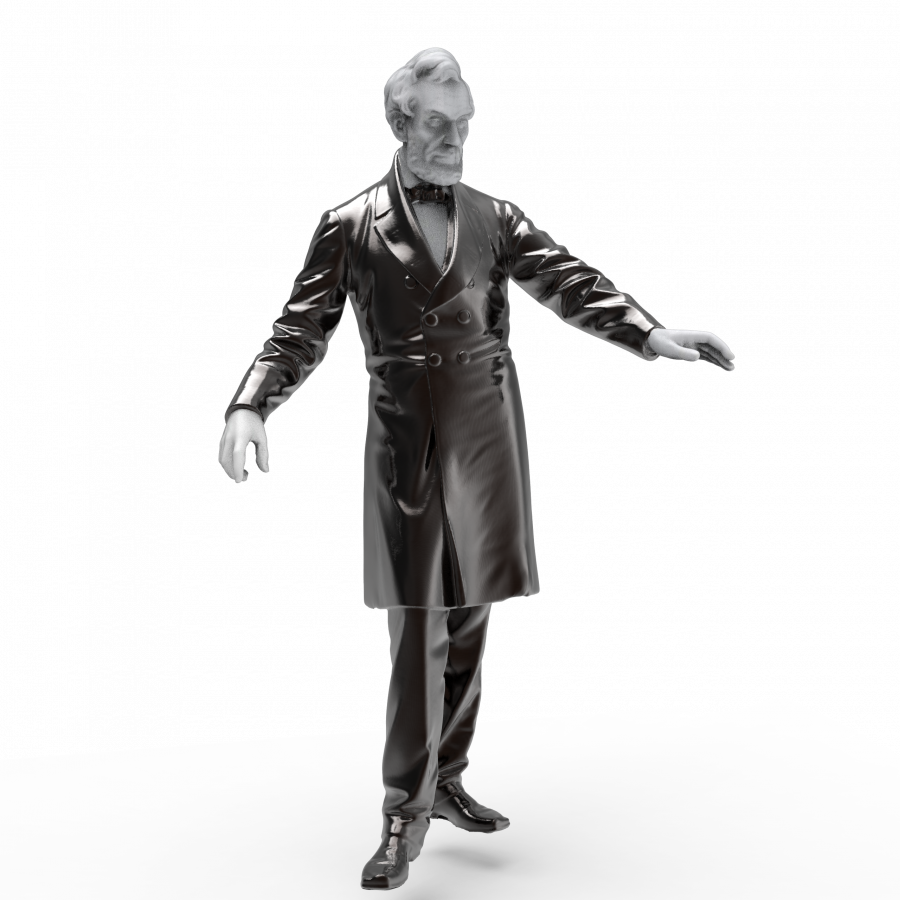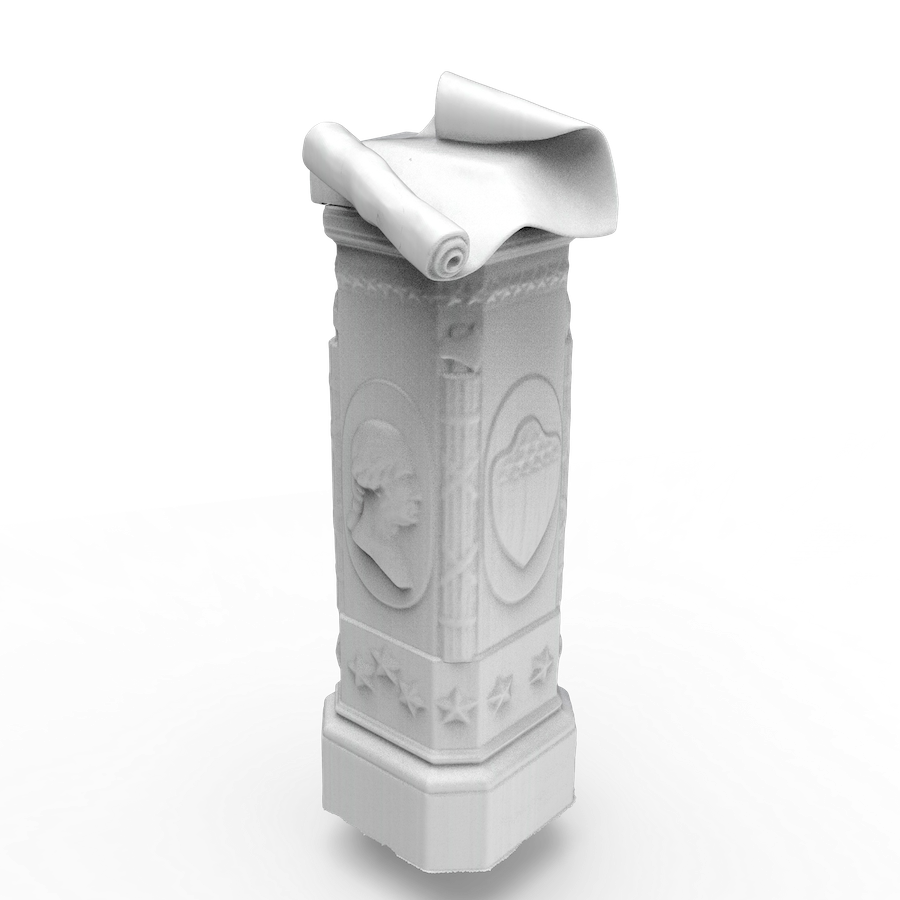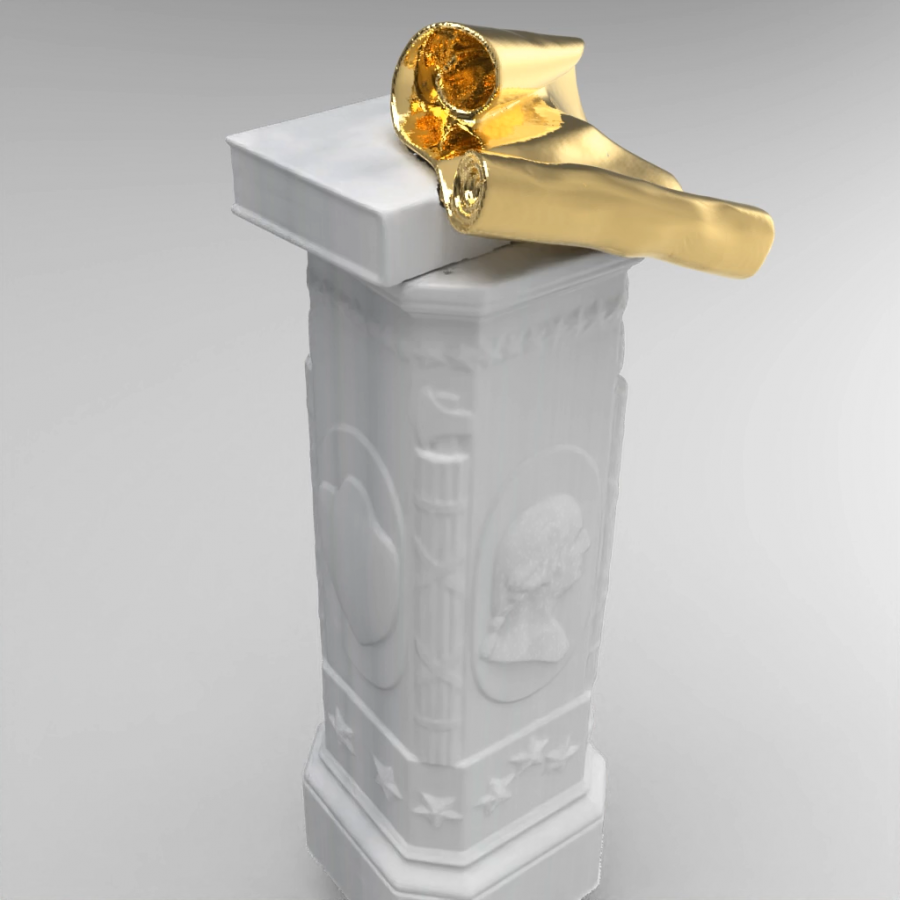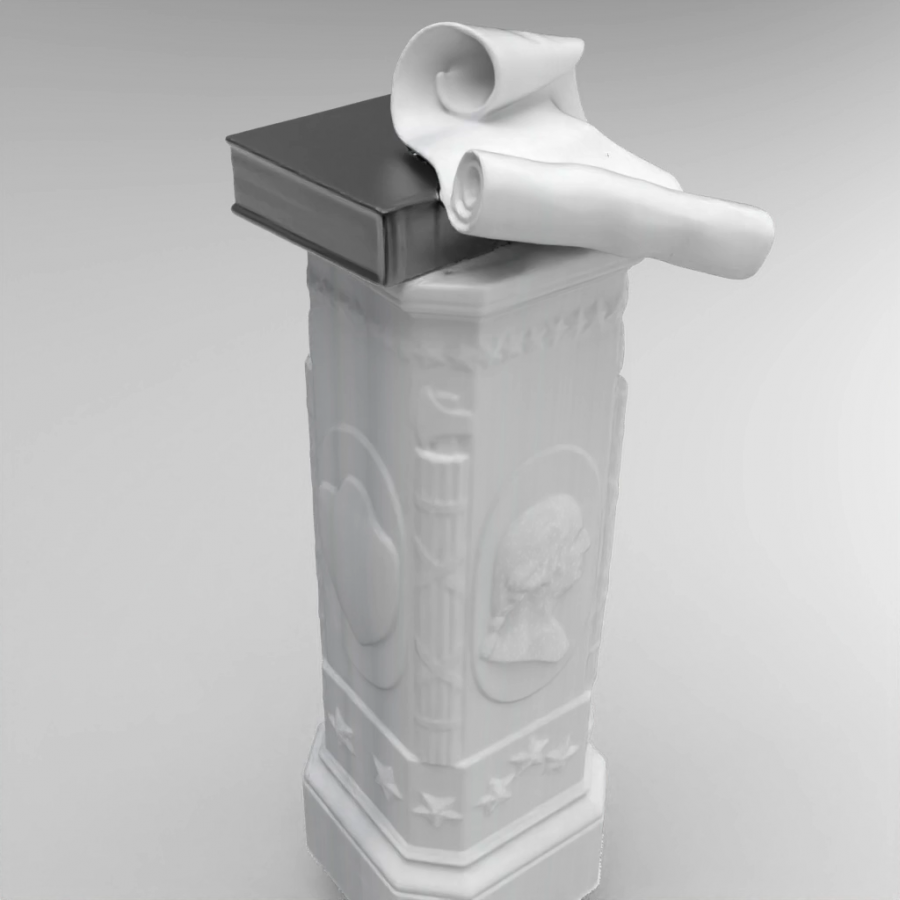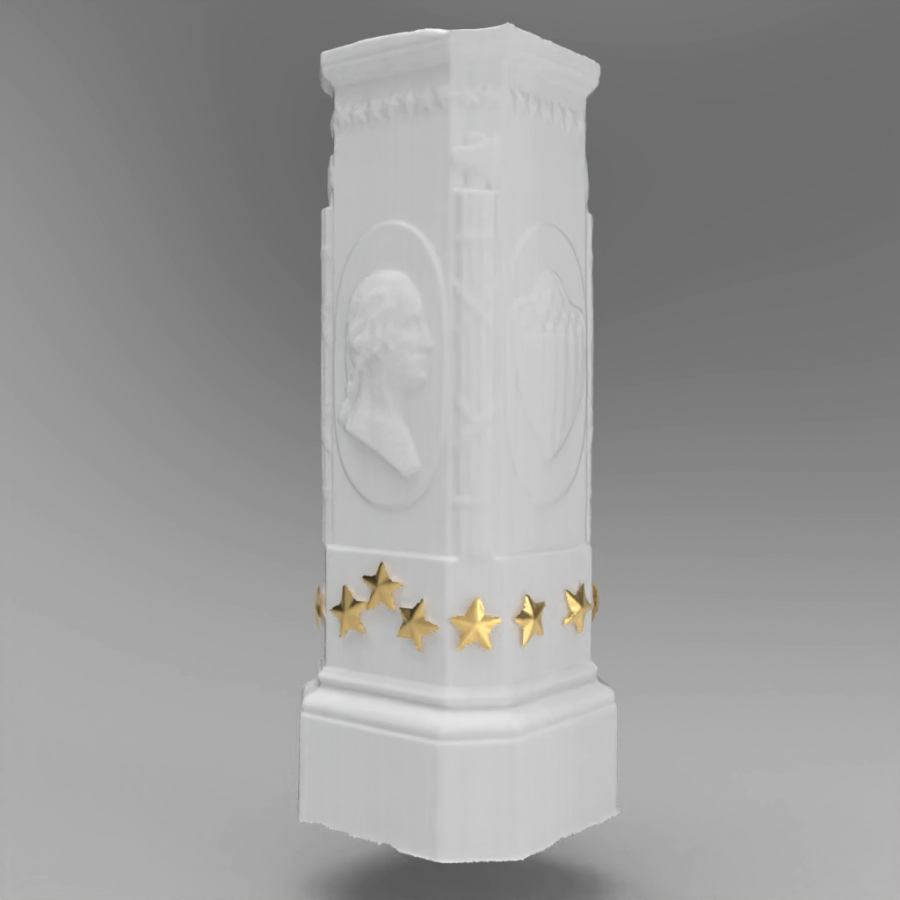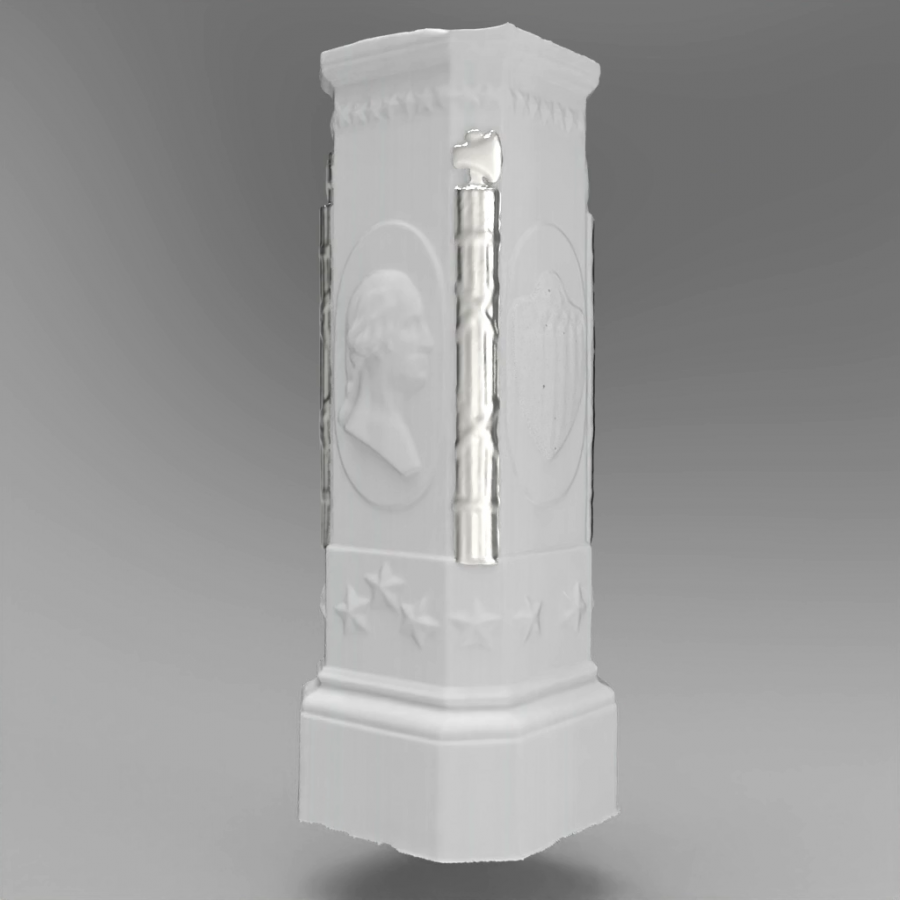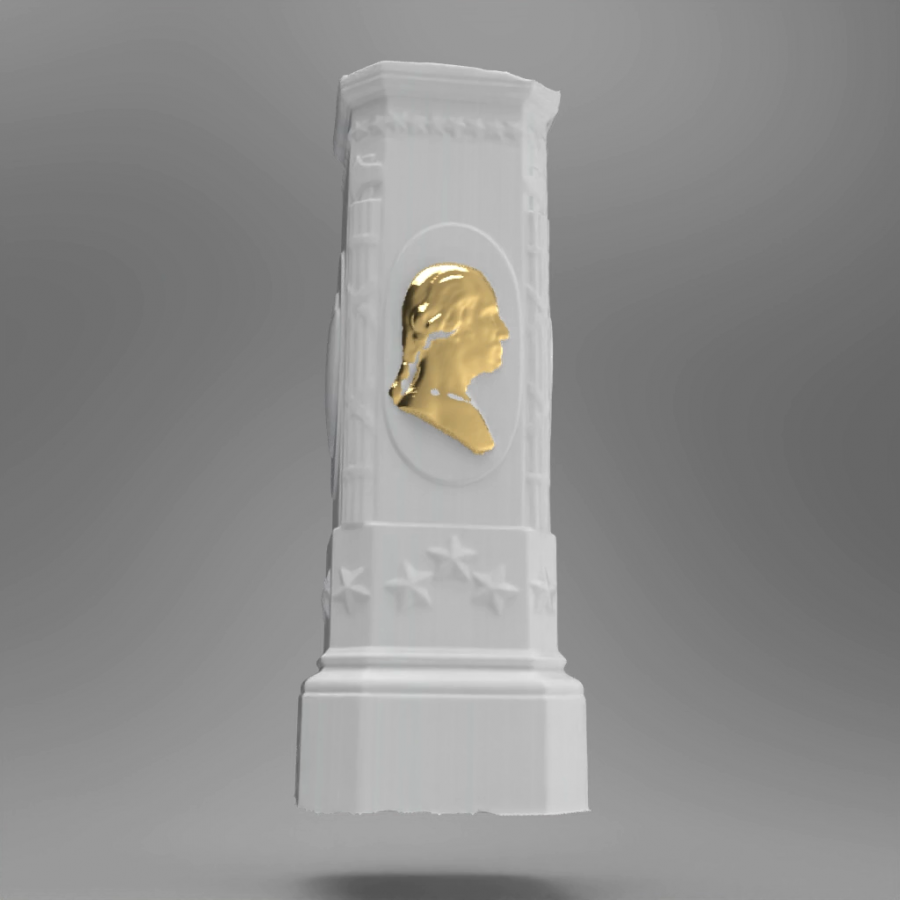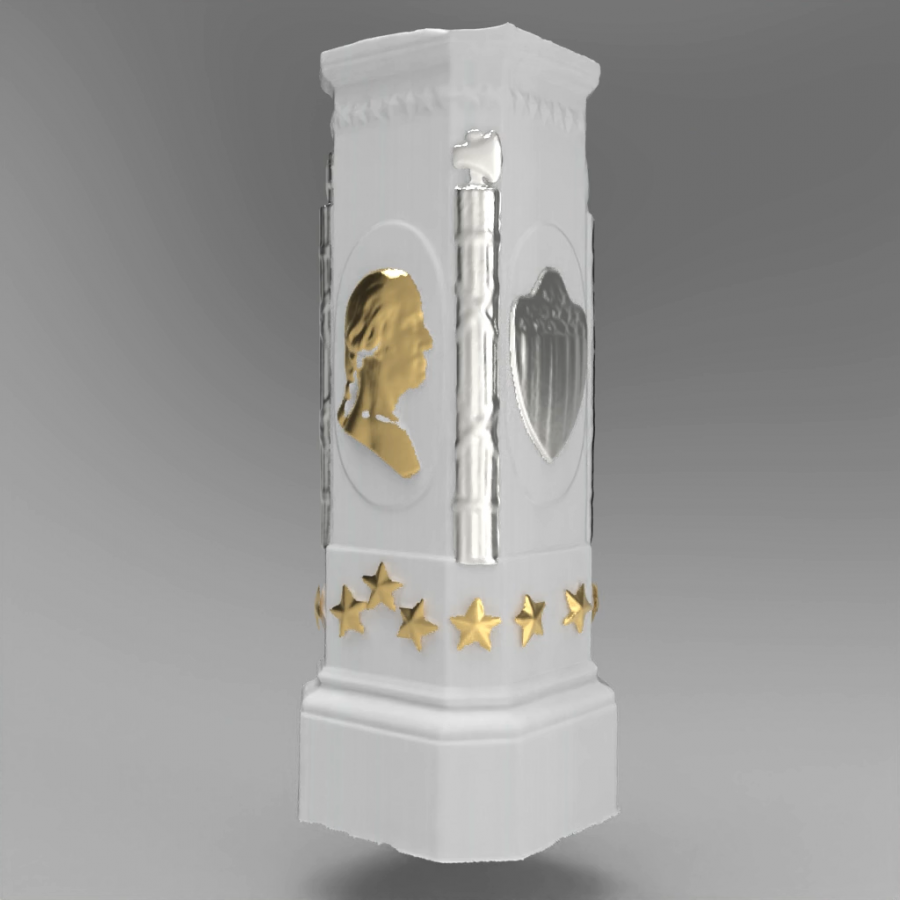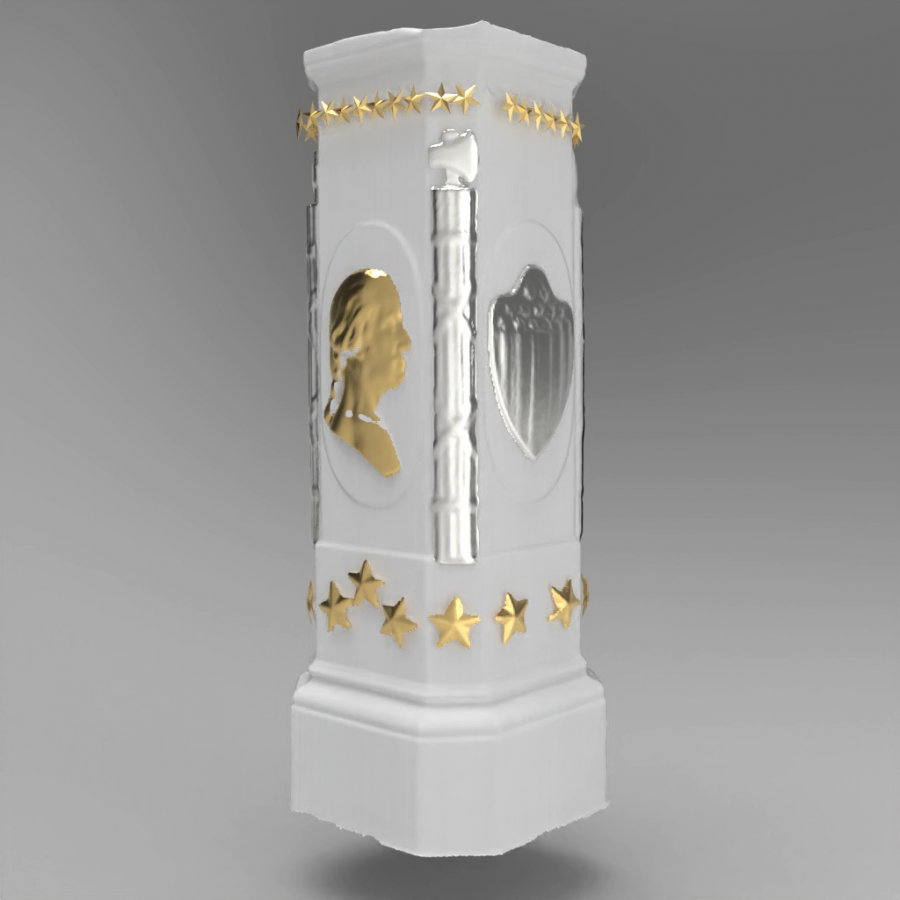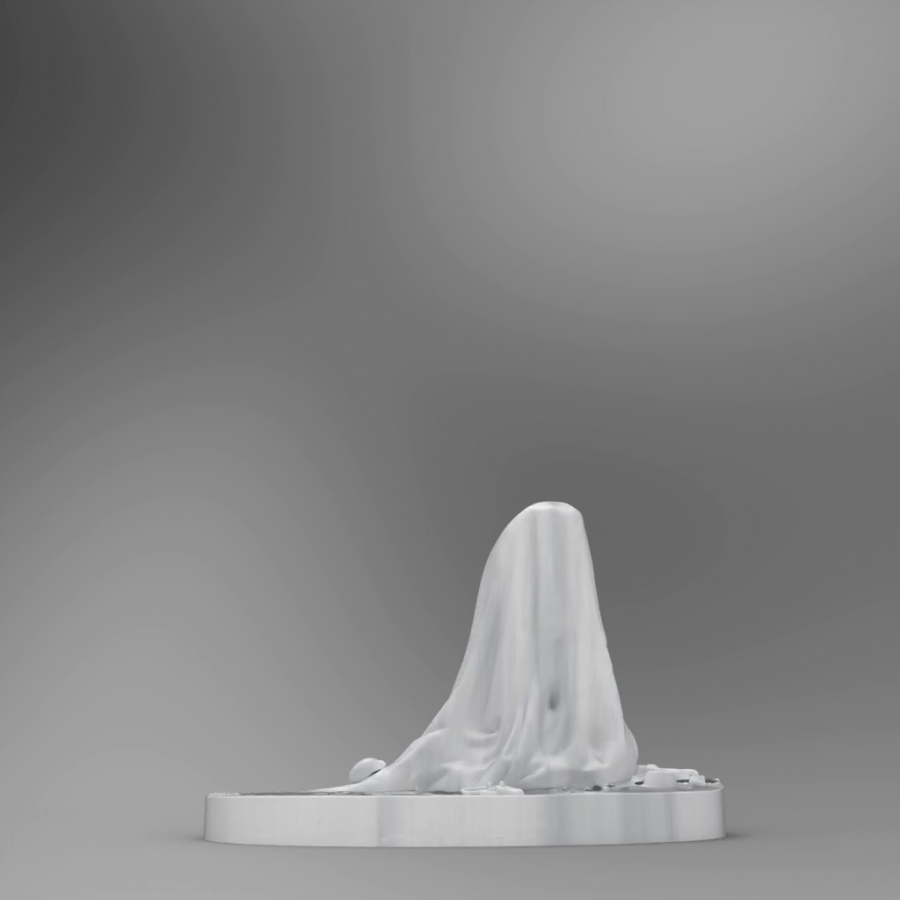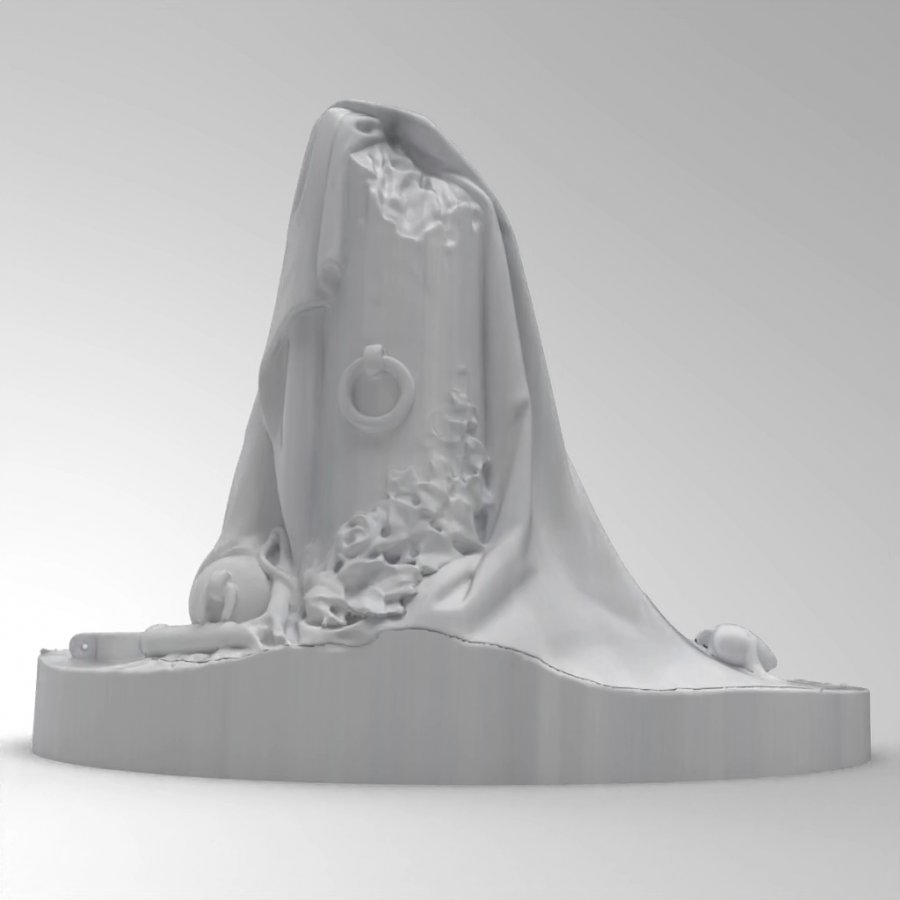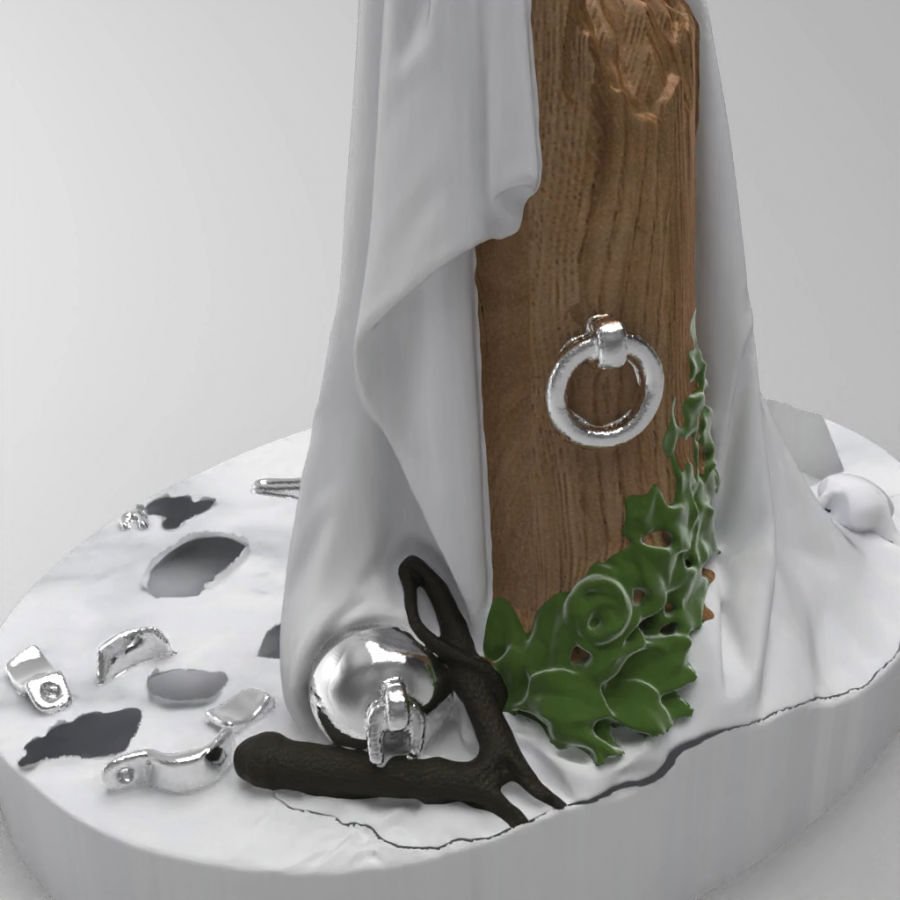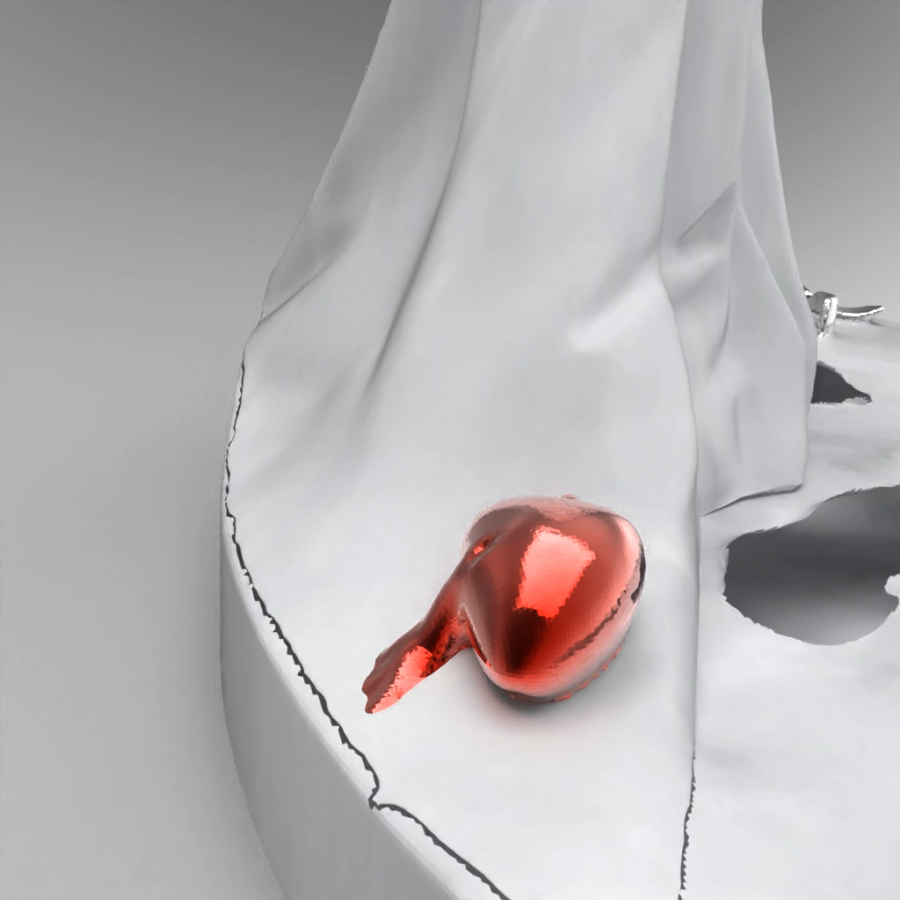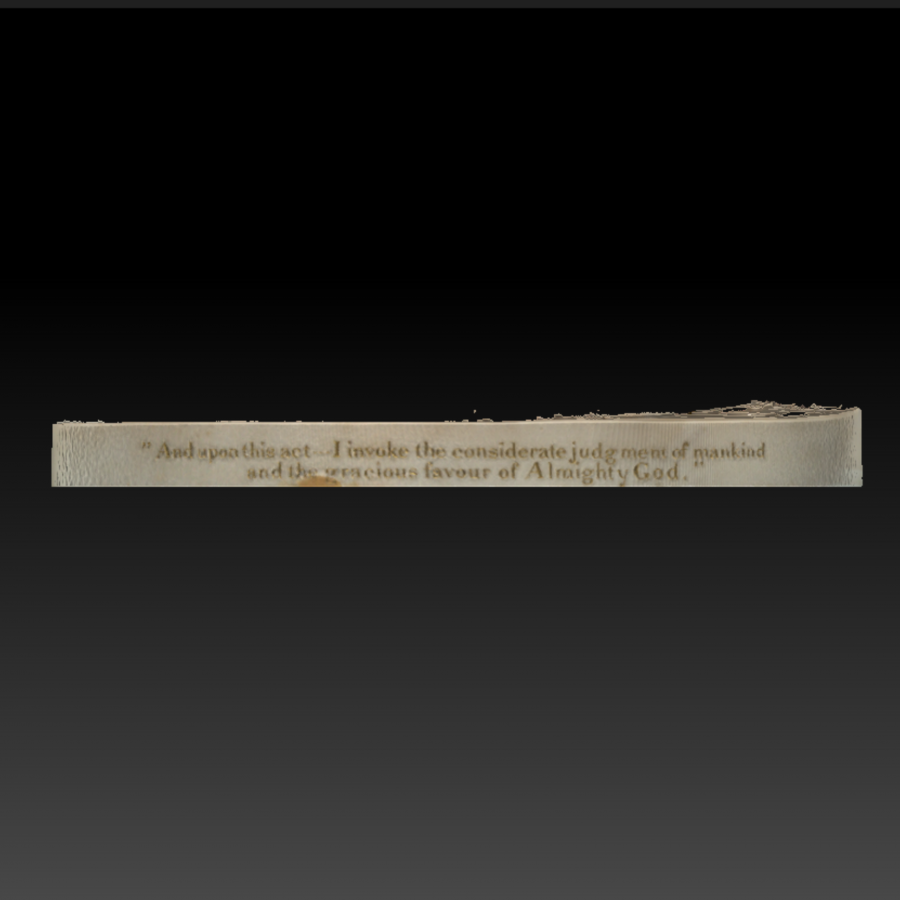re:mancipation
SCULPTURE FOCUS




Language of material, pose, gesture, expression, attributes, and accessories. – Kirk Savage
SCULPTURE MATERIAL
Thomas Ball had this sculpture carved out of white, Italian marble, which was favored for Neoclassical compositions due to its association with classical Rome and Greece. People of European descent associated Greco-Roman sculpture and white marble with purity, truth, morality, and beauty. Such correlations contributed to racism, as Europeans idealized Greco-Roman features and whiteness beginning in the Renaissance. Artists also struggled with representing Blackness in white marble.
THE FREEDMAN
POSE
The Freedman’s pose references the abolitionist icon of the “kneeling slave,” which often appeared with the phrase “Am I not a man and a brother?” When the potter Josiah Wedgwood designed the image in the late eighteenth century, the chained, kneeling figure with raised hands asking for aid appealed to white abolitionists who wanted to save the “helpless” slaves. Instead of raising his hands in supplication, the Freedman appears poised to stand. However, if you copy the pose, you will realize that the arm on the ground is not helping the man to rise but is helping him balance in his awkward position.
It’s interesting to compare this pose to the posture we now describe in contemporary culture as “taking a knee,” made famous by Colin Kaepernik. Given it’s association with protest and performance of the national anthem —against police brutality in general and arguably against racism in the NFL in particular—the kneeling freedman takes on a conflicted representation of black empowerment.
EXPRESSION
The Freedman’s physical features are generic and idealized, lacking any deformity, clear signs of age, or personality. Ball intended him to represent all formerly enslaved people. His curled hair, wide nose, and large lips were stereotypical features in representations of Black people. Ball relied on the classical Greco-Roman tradition of using idealized nude figures to represent an idea. It was radical in American art to use a Black figure in this ennobling tradition. However, when placed next to Lincoln, an individual, the idealized Freedman appears less noble. The figure’s lack of imperfections also overlooks the violence of slavery, which left marks on the bodies of enslaved individuals, undermining the experiences of freedmen and women and absolving white enslavers.
The lack of specificity or expression in the face of the kneeling figure inherently draws the viewer’s gaze to Lincoln whose pockmarked and bearded face is most recognizable and thereby comforting. In the face of the kneeling figure, humanity is emptied out—there is no grimace from years of labor or furrowed brow of remembrance of the lash, not even joy at the prospect of freedom in the eyes nor smile at the mouth.
GESTURE
The Freedman’s right hand appears to be in a traditional Christian blessing. He is finger spelling IC XC, the Greek letters for “Jesus the Christ.” This gesture was used in images of saints and by Greek Orthodox priests. It suggests God’s blessing over emancipation, perhaps in reference to the quote that appears on the base of the statue.
Like the lack of expression in the face, the hands and fingers belie a true representation of the what the hands of a formerly enslaved person, or any laborer for that matter, might look like.
GARB
Liberty Cap
The Freedman wears a Phrygian cap, or “Liberty cap,” a soft, conical, red hat. His reads “LIBERTY” around the edge. In ancient Rome, freed slaves wore a similar style of hat to signify their freed status. The cap became associated with liberty during the American and French Revolutions.
Loincloth Back & Body
The Freedman wears only a loincloth to protect his modesty. Nudity of an idealized figure was common in the Greco-Roman tradition and was supposed to elevate them by separating them from earthly concerns and material goods. However, next to the clothed Lincoln, the nudity of the Freedman makes him appear uncivilized. His muscled back and smooth skin also erase or ignore the horrors of slavery. Images of enslaved people with scarred backs, the result of whippings, were widely circulated in the mid-nineteenth century as evidence of slavery’s evil. The idealized Freedman’s physique suggests that emancipation magically removed the suffering of enslaved people.
Shackles
Shackles were a common symbol of enslavement. Though the Freedman’s chains are broken, shackles remain around his wrists. These serve as a reminder of his former status as a slave. They are also a reminder of the continued oppression of Black Americans and the ongoing fight for civil rights following emancipation. The shackles from the Freedman’s ankle lie broken on the ground. He will be able to rise and walk without impediment.
LINCOLN
POSE
Lincoln grasps the Emancipation Proclamation scroll with his right hand and reaches his left hand out over the Freedman’s body as if blessing the man. The right hand is traditionally linked to power and authority, while the left hand is associated with supportive roles. In this statue, the legal document in Lincoln’s right hand symbolizes his authority to order freedom, while his left hand bestows it.
EXPRESSION
Lincoln’s face is a careful portrait of the President, making him instantly recognizable to most viewers. Thomas Ball likely used a photograph of Lincoln to model the statue, which were widely available. It is also possible that he had access to a life mask or bust of Lincoln. Lincoln looks down, drawing the viewer’s attention to the Freedman.
GESTURE
The Freedman’s right hand appears to be in a traditional Christian blessing. He is finger spelling IC XC, the Greek letters for “Jesus the Christ.” This gesture was used in images of saints and by Greek Orthodox priests. It suggests God’s blessing over emancipation, perhaps in reference to the quote that appears on the base of the statue.
Like the lack of expression in the face, the hands and fingers belie a true representation of the what the hands of a formerly enslaved person, or any laborer for that matter, might look like.
SYMBOLS BETWEEN THE PEOPLE
COLUMN
Columns are associated with ancient architecture and are a symbol of strength. This column is decorated with national symbols, including shields, stars, and a portrait of George Washington, indicating that the column represents the nation’s origins and enduring strength following the Civil War. The Emancipation Proclamation, represented by the scroll on top of the column, suggests that emancipation was necessary for the Union to survive the Civil War.
SCROLL
The scroll atop the column represents the Emancipation Proclamation, the executive order issued by Abraham Lincoln that declared that all slaves held within rebellious territories were free as of January 1, 1863. The Proclamation did not free anyone immediately, as it only declared slaves free in the Confederate territories where the Union had no control. However, it made the abolition of slavery an explicit goal of the Union during the Civil War.
GEORGE WASHINGTON
The recognizable profile of George Washington appears on the column. The statue connects Lincoln with the first president of the United States, suggesting that Lincoln’s legacy will be as impactful as Washington’s. Washington was a slaveowner who enslaved people throughout his lifetime, including while he served as president. He only emancipated the people he enslaved upon his death.
SHIELD
A shield featuring 13 stripes and 13 stars appears on the base of the column. This shield is also part of the seal of the United States. Typically, 13 white stars appears on a field of blue, representing the Chief, or the office of the President. The 13 red and white vertical stripes represent the states joined together, referencing Congress. Altogether, the shield symbolizes how the U.S. branches of government work together to preserve the Union.
CLIMBING ROSE VINE
A vine with a rose grows up the back of the whipping post, symbolizing new beginnings after emancipation.
WHIP
Whips, like whipping posts and shackles, were common symbols of slavery’s cruelty. A broken cat-o-nine tails whip lies at the base of the shrouded whipping post. It represents the end of slavery.
BALL & CHAIN
Like the broken shackles, the ball is no longer attached to a chain, signaling the end of slavery and the ability for enslaved people to move of their free will.
BLEEDING HEART
Bleeding hearts were common in religious images of Christ, symbolizing his love and compassion. In the nineteenth century, the phrase “bleeding heart” was similarly used as an expression of emotion, sympathy, and compassion. The heart appears behind Lincoln, suggesting that Lincoln showed compassion to the enslaved.

